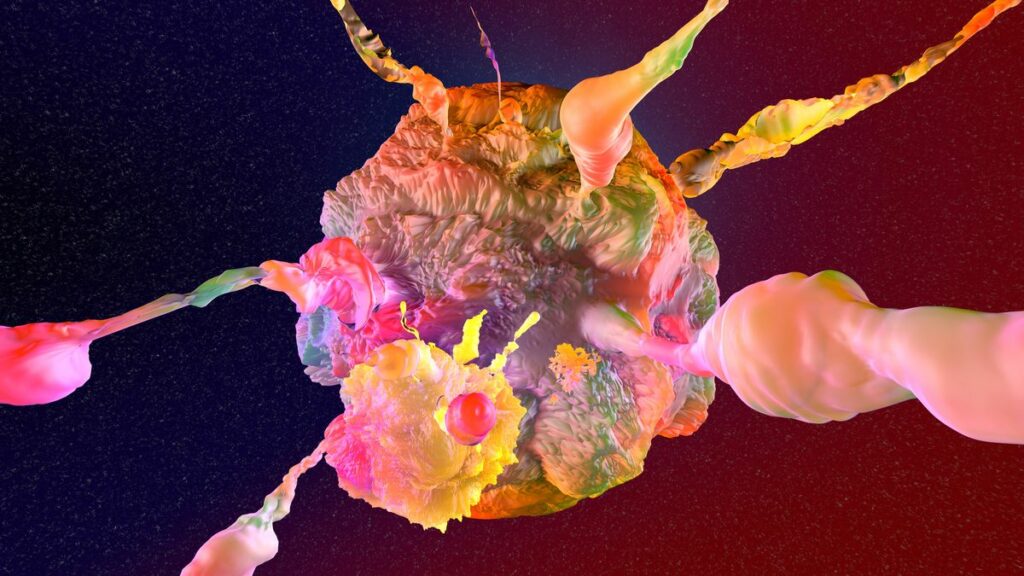According to the researchers, these cyborg cells might be utilised to develop new medications and clean up pollution.
The biomedical engineers at the University of California (UC) have created “cyborg cells,” which are nearly alive but are incapable of procreation. However, a press release from the university on January 18 suggested that these artificial cells might have a wide range of uses, including in the development of novel medications and the removal of pollution.

Newly Featured Cells
Synthetic biology, which primarily tries to build cells that can perform new functions, enabled the development of cyborg cells.
There are essentially two approaches to synthetic biology, says Cheemeng Tan, senior author of the work and associate professor of biomedical engineering at UC Davis. One involves taking an existing bacterial cell and altering its DNA by introducing new genes that give it new abilities.
The alternative is to create a synthetic membrane and biomolecules from scratch to create an artificial cell.
The first technique makes use of a highly flexible but self-replicating synthetic living cell. This might not be optimal, though.
Complete artificial cells cannot reproduce and have a limited set of capabilities, but on the plus side, they are simpler.
Third Strategy
The UC Davis team and Tan later created a third strategy. They injected living bacterial cells with the building elements of an artificial polymer.
UV light irradiation induced the polymer to cross-link forming a hydrogel matrix once it was within the cell. The cells were still capable of carrying out biological functions, but they were unable to divide.
Tan claims that without dividing, the cyborg cells can be taught to maintain essential cellular processes and acquire new talents.
The research team found that the cyborg cells were more resistant to stressors, such as contact with hydrogen peroxide, antibiotics, or high pH, that would typically kill normal cells.
Finally, they were able to alter the cells so that they could colonise cancer cells that had been generated in a lab.
The group is also investigating the production and management of cyborg cells, as well as the effects of different matrix materials. They also want to look at the various ways they could be applied, from solving environmental problems to diagnosing and treating diseases.
Last but not least, Tan stated in a statement, “we are interested in the bioethics of utilising cyborg cells as they are cell-derived biomaterials that are neither cells nor materials.”
A provisional patent application has been filed for the method. Some of the research was funded in part by grants from the National Institutes of Health.



